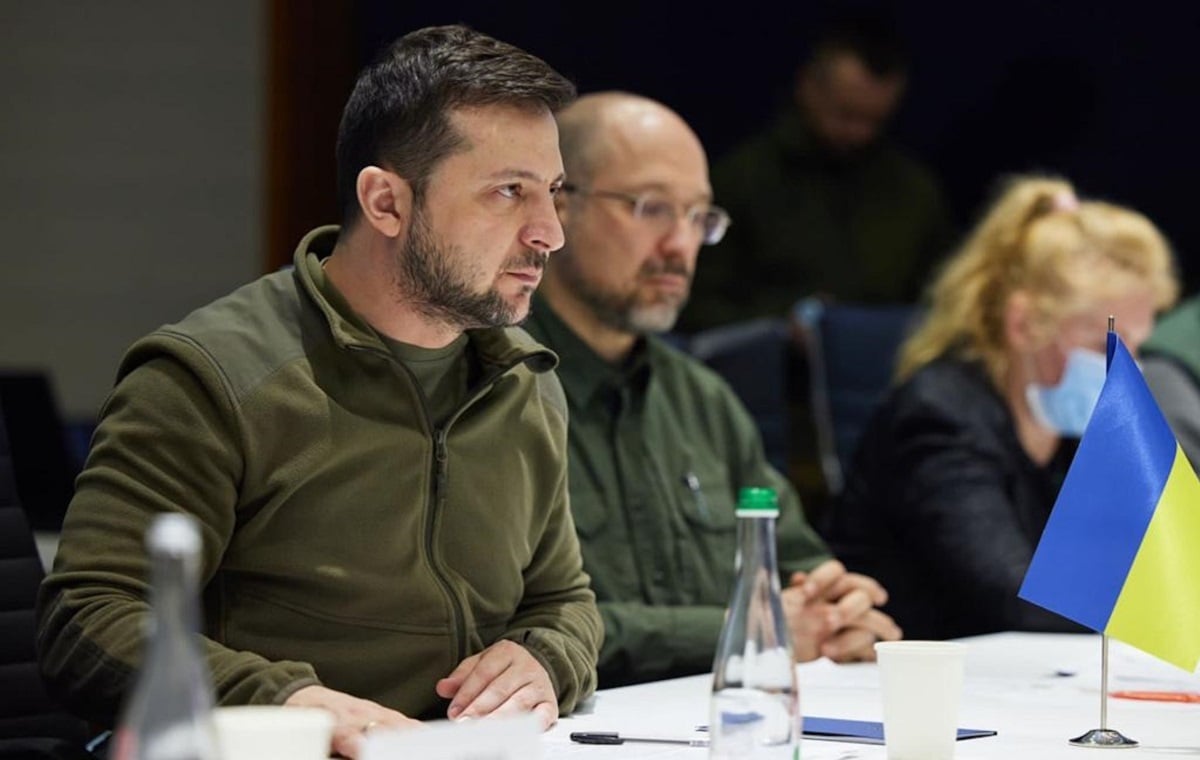The Battle of Warsaw was a major military operation fought from 13 to 25 August 1920. On 13 August, the decision was made to deploy the last group against the advancing Russian forces. A day later, fierce fighting began near Radzymin and the village of Ossów.
The battle was fought according to the operational plan developed by Chief of Staff General Tadeusz Rozwadowski, based on the general concept of Commander-in-Chief Józef Piłsudski. An important role in the clash was played by the maneuver carried out by Józef Piłsudski, encircling the Red Army. It was a counterattack from the Wieprz River – to the rear of the Western Front of the Bolshevik troops fighting for Warsaw, while pushing back the main enemy forces on the outskirts of the capital.
The Battle of Warsaw was a turning point in the Polish-Bolshevik war, started by Soviet Russia, which sought to conquer European countries and turn them into vassal republics. The war began in February 1919 (some sources say January), ended with an armistice in October 1920, and finally with the signing of the Treaty of Riga on March 18, 1921.
On the Polish side, a total of 113,000 to 123,000 soldiers participated in the battle, while the enemy forces numbered 104,000-114,000. The Russians had 600 guns and 2,450 machine guns, the Poles – 500 guns, 1,780 machine guns, as well as two squadrons of aircraft.
Russian losses in the Battle of Warsaw are estimated at 25,000 killed. 65,000 prisoners were taken by the Poles. On our side there were four and a half thousand killed, 22,000 wounded and 10,000 missing.
Popularizer of war history Simon Goodenough, in his book “Tactical Genius in Battle”, ranked Józef Piłsudski among the 27 most famous commanders in history for planning and conducting the Battle of Warsaw. The commander emphasized the heroic attitude of the capital’s inhabitants, volunteers, scouts, even women and children. He said: “(…) the struggle for Warsaw, the struggle for the city, is the most difficult thing, because victory is determined by the behavior of its citizens. And Warsaw did not disappoint.”
The Battle of Warsaw, which decided the final victory in the war with Russia, had for Poland – in addition to political and territorial gains – a very great moral significance. It was the first victory since the end of the First Polish Republic of the Polish army over the army of a country that had recently been one of our three colonizers and, despite restrictions of various kinds, had bloodily suppressed several independence uprisings, with the January Uprising at the forefront.
After World War II, communist propaganda downplayed the significance of the Battle of Warsaw. It was only after 1989 that its rank was restored. Since 1992, August 15 has again been celebrated as the Day of the Polish Army. The Sejm restored this tradition since 1923. Army Day is celebrated on August 15 in the Second Polish Republic, in the Polish Armed Forces in the West, in the Underground State units, and in the Polish Army established on the Eastern Front.
(Again)
The breakthrough in the Battle of Warsaw occurred on August 15, when the Polish army defeated the troops of General Mikhail Tukhachevsky, attacking the capital. The situation suddenly turned around – the Polish army, which had so far been defeated, defeated the Russian troops attacking Warsaw, which contributed to the victory of the Polish-Bolshevik war. It happened overnight, in just a dozen hours.
On August 15, the Poles recaptured Radzymin. Five of our infantry divisions, supported by a cavalry brigade, formed a maneuver group led by Józef Piłsudski. It broke through the Soviet defenses near Kock and Cyców and struck in the rear of the Bolshevik forces. Semyon Budyonny, commanding the 1st Cavalry Army, tried to help Tukhachevsky’s troops in late August. On August 31, the largest cavalry battle of the Polish-Bolshevik war took place near Komarov. This was a turning point on the southern front and was the second major military success of the Polish Army in a counteroffensive against the Red Army, after the Battle of Warsaw. Despite significant advantages, the 1st Cavalry Army was forced to retreat. Ultimately, the Battle of the Niemen took place in the second half of September and the battle on the southeastern border of the reborn Polish state decided the final victory of the war that took place on the eastern border of Poland.
The competence and ability of the staff, officers and soldiers on the battlefield, as well as the success of radio intelligence also contributed to the victory. Our counter-offensive maneuver ended in spectacular success, partly because in September 1919, Lieutenant Jan Kowalewski broke the Red Army code. The Polish command skillfully used their knowledge of the enemy’s plans and orders.
The Polish-Bolshevik War was the most serious conflict to threaten the existence of the Polish state since it regained independence in 1918. Russia carried out plans to accelerate world revolution and conquer Europe, while Poland fought to maintain its independence.
The war began with Marshal Józef Piłsudski’s attempt to form a federal union with Lithuania and help Ukraine form its own state. The Bolsheviks responded with an offensive that took their forces to Warsaw. Despite their overwhelming advantage, they suffered a crushing defeat. Shortly after the defeat near Warsaw, Bolshevik leader Vladimir Lenin admitted: “The Polish war was the most important turning point not only in the politics of Soviet Russia, but also in world politics. (…) Everything there, in Europe, was up for grabs. But Piłsudski and his Polish troops inflicted a crushing defeat, the likes of which had never been seen before in the struggle for world revolution.”

“Reader. Future teen idol. Falls down a lot. Amateur communicator. Incurable student.”


![Bogusław Wołoszański: “Achieving nuclear weapons would be the beginning of World War III” [WYWIAD]](https://storage.googleapis.com/bieszczady/rzeszow24/articles/image/877236c0-66fd-457a-9eb4-41792f9077ff)




